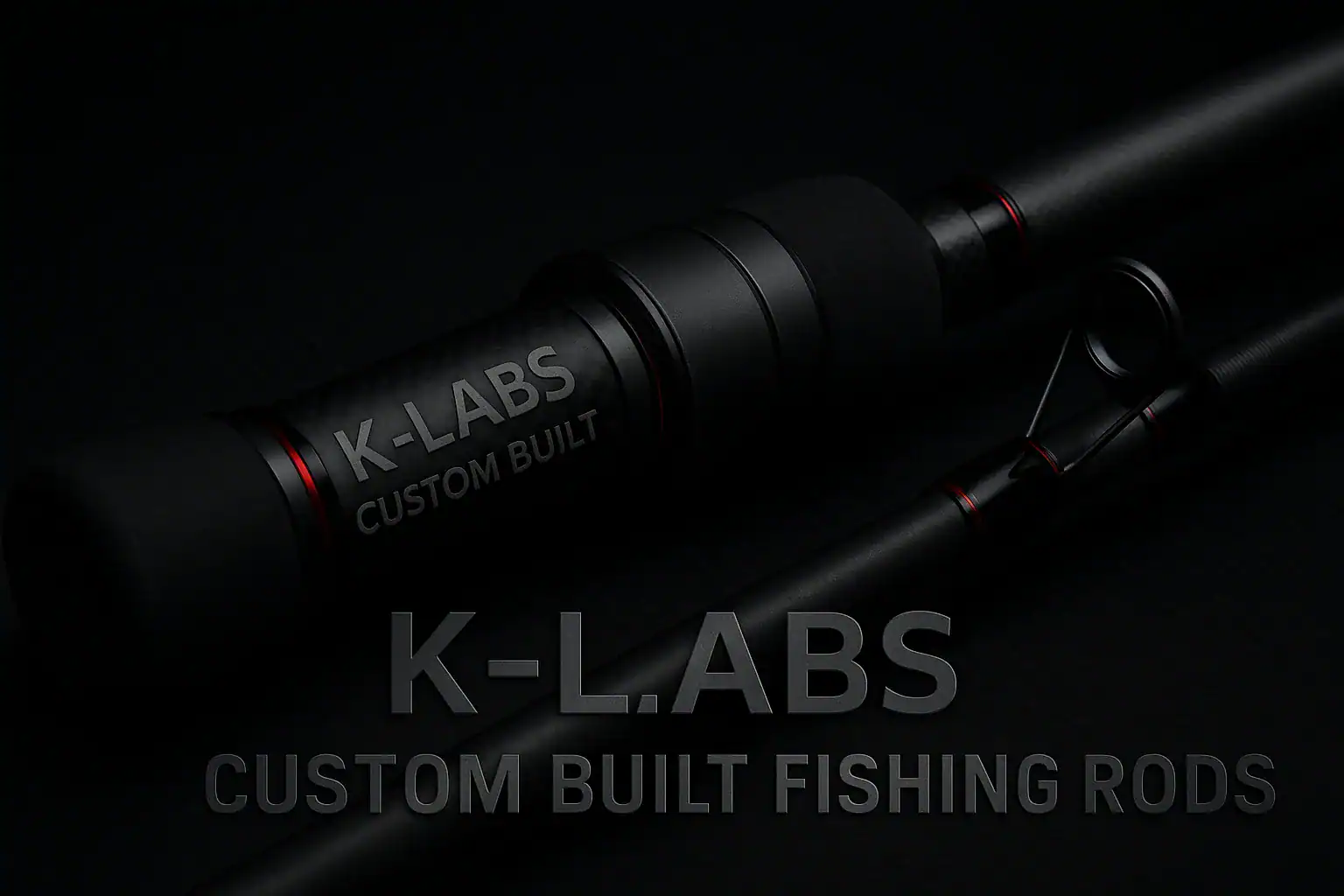Slow Pitch Jigging in NZ: Master the Technique with Custom SPJ Rods
Mastering Slow Pitch Jigging: The Art of Controlled Power in Deep Water
Slow pitch jigging (SPJ) is a refined vertical fishing technique. It’s built on rhythm, subtlety, and precision. Unlike high-speed jigging, SPJ relies on the natural flutter and fall of a jig, mimicking the behavior of an injured baitfish, drawing strikes even from inactive fish.
Whether you’re targeting snapper, kingfish, bass, or deepwater species like hapuka and bluenose, SPJ delivers lifelike movement. It’s a technique that predators find hard to resist.
What Is Slow Pitch Jigging?
SPJ focuses on one critical thing: the fall. After a short lift of the rod, the jig descends with slack or semi-slack line. During this descent, the jig flutters, glides, or spirals—just like a wounded baitfish.
This technique works especially well when:
1. Rod Action
SPJ rods are built for controlled movement, not brute strength. Look for a parabolic bend with a crisp recovery. The rod should have a lightweight feel with a strong backbone. It’s designed to work jigs with minimal input.
2. Reel and Line Setup
Use compact overhead reels with high gear ratios (6:1 or higher). Choose braided line (PE 1.5–3) for low drag and maximum sensitivity. A fluorocarbon leader offers stealth and abrasion resistance.
3. Jig Design and Weight Selection
SPJ jigs are center-weighted or slightly tail-heavy. They flutter, slide, or spiral during the fall—triggering strikes from predatory fish.
Choosing the right weight depends on water depth, drift speed, and current strength:
- Shallow water (20–50m): 80g to 150g
- Mid-depth (50–100m): 150g to 250g
- Deep drops (100–200m+): 250g to 400g+
- In fast currents or very deep water: up to 500g
Always match the jig weight to your rod’s rating and PE line class to maintain a sharp and controlled presentation.
How to Work a Slow Pitch Jig
- Drop the jig to the target depth.
- Make a small, sharp lift of the rod tip (the “pitch”).
- Let the jig fall with slack or semi-slack line.
- Pause, then repeat with varied timing.
You’re creating motion on the fall, not just the lift. Each lift loads the rod, and when released, the blank snaps back to animate the jig.
Why SPJ Works So Well in NZ Waters
- Works well for multiple species: snapper, kingfish, trevally, hapuka, bluenose, bass, and more.
- Triggers bites when fish aren’t feeding actively.
- Effective around structure, reef edges, and bait balls.
- Causes less fatigue compared to fast jigging.
Pro Tips for Success
- Slow down and experiment with lift and pause timing. Subtle changes often get results.
- Use assist hooks on both the top and bottom to increase hookup rates.
- Watch your sounder closely and target visible structure or bait.
- Maintain a vertical presentation with a drogue or GPS lock.
Built for the Fall: K-Labs Custom SPJ Rods
At K-Labs, we design rods specifically for New Zealand’s deepwater jigging environments. Our slow pitch rods are fine-tuned for precision action, quick recovery, and the perfect balance of sensitivity and strength. Whether you’re fishing over a 60m reef or probing 200m trenches, our rods give you the control to fish confidently and land hard-hitting species.
Final Thoughts
Slow pitch jigging rewards anglers who fish with feel, observation, and adaptability. It’s not just about catching fish—it’s about reading the water, fine-tuning your presentation, and mastering subtle movements that trigger explosive strikes. Pair the right rod with the right jig, and you’ll see why slow pitch jigging continues to dominate as one of New Zealand’s most effective deepwater techniques.
K-Labs Custom Built Fishing Rods
www.klabs.co.nz
